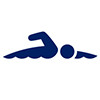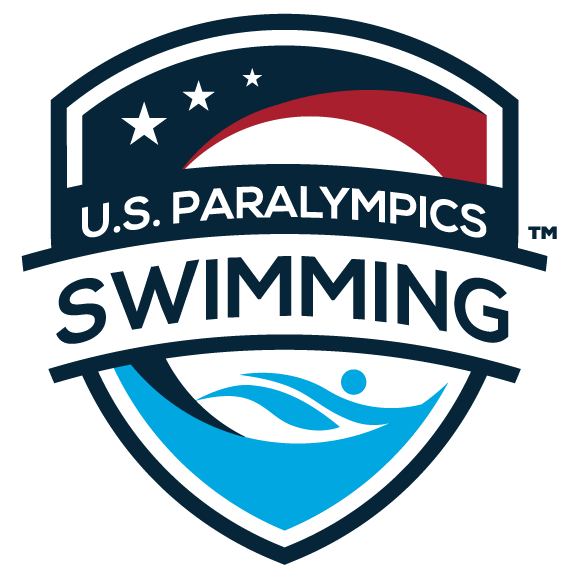 a Summer Games Paralympic Sport
a Summer Games Paralympic SportGoverning Bodies
Introduction:
Para swimming is an adaptation of the sport of swimming for athletes with disabilities. Competitions are held across various distances, apart from middle distance events (800m and 1500m) in breaststroke, backstroke, butterfly, freestyle and the medley.
All athletes compete according to their disability classification set by the sports official governing body, the International Paralympic Committee (IPC), to ensure that the competition is as fair as possible.
History of the Sport:
Para swimming has been a part of the Paralympic program since the 1960 Summer Olympics in Rome, Italy.
Rules – How to Play the Sport:
Rules for the sport are adapted from those set forth by the International Swimming Federation (FINA). Swimmers compete individually in backstroke, breaststroke, butterfly, freestyle, individual medley, and as teams in relay races. At the Paralympics, World Championships and other elite level competitions, swimmers compete in an Olympic-size swimming pool.
Significant differences between able-bodied and para swimming include the starting position and adaptations allowed for visually impaired swimmers. Competitors may start a race by standing on a platform and diving into the pool, as in non-disabled swimming, or by sitting on the platform and diving in, or they may start the race in the water. In events for the blind and visually impaired, people called “tappers” may stand at the end of the pool and use a pole to tap the swimmers when they approach the wall, indicating when the swimmer should turn or end the race. No prostheses or assistive devices may be worn during competition.
To be eligible to compete in Para swimming, a person must have an eligible impairment and meet the minimum impairment criteria set out in the World Para Swimming Classification Rules and Regulations.
World Para Swimming caters for three impairment groups – physical, intellectual and vision impairment. There are 10 eligible impairment types in Para swimming.
Eligible impairments for para swimming include: Impaired Muscle Power, Limb Deficiency, Leg Length Difference, Short Stature, Hypertonia, Ataxia, Athetosis, Impaired Passive Range of Movement, Vision Impairment and Intellectual Impairment.



